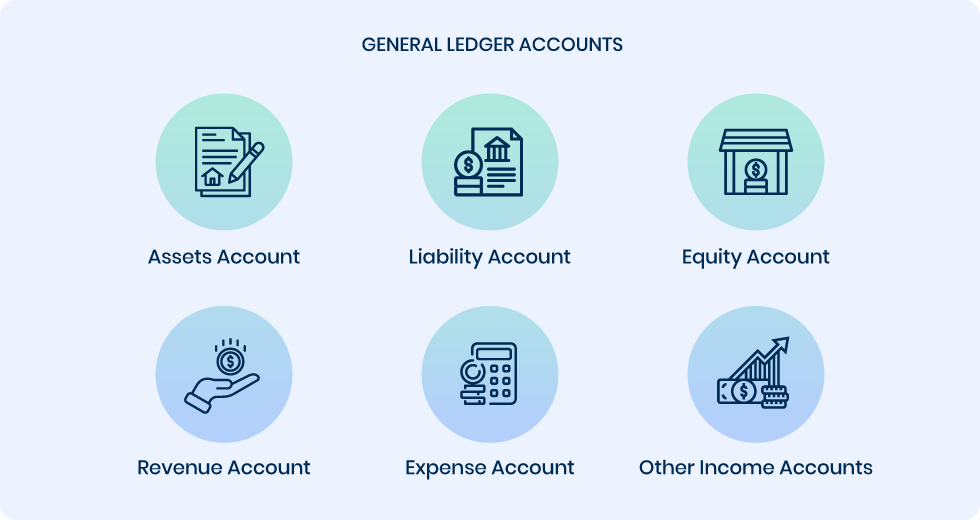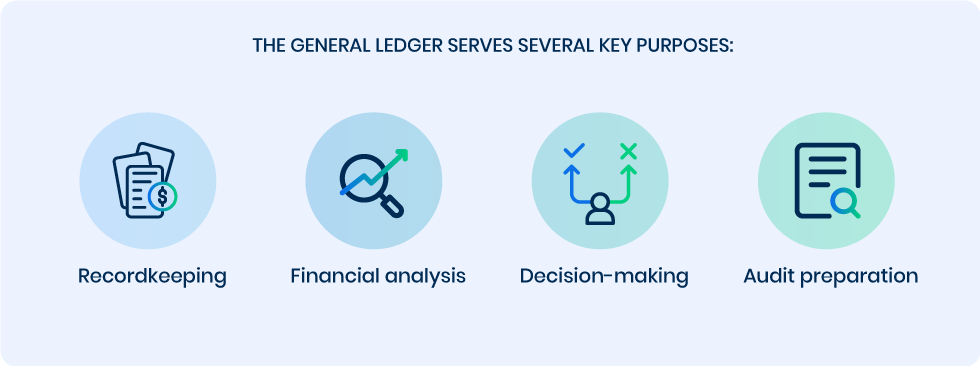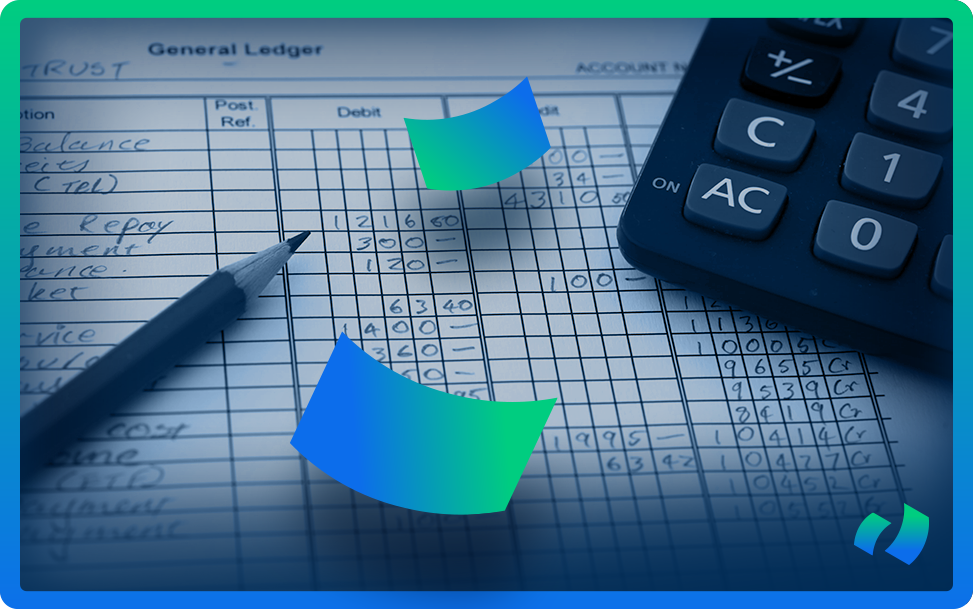In the world of accounting, the general ledger is the backbone of a company’s financial record-keeping. As they strive to maintain accurate financial records, monitor performance, and ensure regulatory compliance, the general ledger emerges as an indispensable tool that provides companies with comprehensive insight into their financial activities.
Today, we’re going to explore the general ledger, its structure, and its relationship with other critical accounting concepts. It may not be the most glamorous topic, but trust us: understanding its ins and outs can make a world of difference in managing your company’s finances. By gaining a thorough understanding of the general ledger, business owners, finance professionals, and aspiring accountants can effectively navigate the complexities of financial management and contribute to their organization’s overall success.
Join us as we embark on an enlightening journey through the significance of the general ledger, shedding light on the essential elements that underpin the financial stability and growth of businesses across industries.
What Is a General Ledger (GL)?
A general ledger (GL) is a complete record of all financial transactions that occur within a company. It serves as the central repository for all accounting data, including revenues, expenses, assets, liabilities, and equity. The general ledger provides a detailed account of every transaction, allowing companies to track their financial performance and ensure accurate financial reporting.
In addition to being a source of financial information for management, the general ledger also provides an audit trail for external stakeholders such as investors, regulatory agencies, and tax authorities. The GL enables auditors and other financial experts to verify the accuracy and reliability of a company’s financial statements and ensure regulatory compliance.
One of the main benefits of a GL is that it provides a comprehensive and real-time view of a company’s financial status. It allows accountants to track and monitor all financial transactions, including sales, purchases, payments, and receipts, among others, to ensure that they are accurately recorded and classified. This in turn offers an accurate representation of a company’s financial position and helps identify areas where it can improve its financial performance.
In simple words, the general ledger is a cornerstone of accounting and financial reporting. Its integration with other accounting subsystems such as accounts payable and receivable, payroll, and inventory management makes it an indispensable tool for accountants in performing their duties efficiently and effectively. Its significance in the financial ecosystem cannot be overstated.
How General Ledger Works

The general ledger works by recording, categorizing, and tracking financial transactions using a chart of accounts and the principles of double-entry bookkeeping. The chart of accounts is a structured list of all the accounts that provide a standardized framework for organizing and classifying transactions. Each account has a unique identifier and represents a specific aspect of the business, for example, revenue, or expenses. These accounts are typically grouped into five main categories:
- Assets
- Liabilities
- Equity
- Revenues
- Expenses
So how exactly does the process work? When a financial transaction occurs, it is recorded in the appropriate account within the general ledger. Journal entries are used to document each transaction, specifying the date, amount, and accounts involved. Once a transaction has been journalized, it is posted to the general ledger, updating the relevant accounts to reflect the new information. This involves updating the account balances by applying the appropriate debits and credits. Most accountants use accounting software or spreadsheets to automate this process, reducing the likelihood of errors and increasing efficiency.
Periodically, it’s necessary to generate a trial balance from the general ledger. The trial balance verifies that the debits and credits in the general ledger are in balance. If any discrepancies are found, It may be necessary to make adjustments to fix mistakes or include additional transactions that were not initially logged.
General Ledger and Double-Entry Accounting
The general ledger follows the principle of double-entry accounting, a widely used accounting method that requires every transaction to be recorded in at least two accounts. In double-entry accounting, each transaction affects both a debit and a credit account, ensuring that the accounting equation (Assets = Liabilities + Equity) remains in balance. For example, when a sale occurs, it may increase the revenue account while decreasing the corresponding inventory or accounts receivable accounts. This ensures that debits and credits are recorded correctly, maintaining the balance between assets, liabilities, and equity.
Double-entry accounting provides several benefits, including increased accuracy, easier error detection, and a more comprehensive view of a company’s financial activities. The general ledger serves as the foundation for double-entry accounting, as it contains all the accounts needed to record and balance financial transactions.
Why Is General Ledger Important
Accountants value and rely on the GL as an important tool for maintaining accurate financial records and supporting informed financial management.
Here are the main reasons why the general ledger is a crucial part of any company’s accounting:
- Financial accuracy: By maintaining a comprehensive record of all financial transactions, the general ledger helps ensure that a company’s financial data is accurate and up-to-date.
- Financial reporting: The general ledger serves as the basis for preparing financial statements, including the income statement, balance sheet, and statement of cash flows. These reports provide an overview of a company’s financial performance, position, and liquidity, aiding in decision-making by management, stakeholders, and regulatory bodies.
- Regulatory compliance: Accurate and complete financial records are required for tax reporting and regulatory compliance. The general ledger helps companies meet these requirements by providing a detailed account of all financial transactions.
- Internal controls: A well-maintained general ledger can serve as a valuable tool for detecting and preventing fraud, errors, and other financial irregularities.
The Purpose of a General Ledger

The general ledger serves several key purposes:
- Recordkeeping: The general ledger provides a systematic and organized method for recording all financial transactions, ensuring that a company’s financial data is accurate and easily accessible.
- Financial analysis: By tracking revenues, expenses, assets, liabilities, and equity, the general ledger enables businesses to analyze their financial performance and identify trends, opportunities, and potential risks.
- Decision-making: The insights gained from the general ledger can inform strategic decision-making, helping business owners allocate resources effectively and pursue growth opportunities.
- Audit preparation: The general ledger can simplify the audit process by providing auditors with a clear and accurate record of a company’s financial activities.
General Ledger FAQ
Below are some frequently asked questions and answers about the general ledger, providing a quick reference for understanding this essential accounting tool.
How to create a general ledger?
To create a general ledger, follow these steps:
- Identify the accounts your business needs based on its financial activities.
- Organize the accounts into five main categories: assets, liabilities, equity, revenues, and expenses.
- Assign a unique account number to each account for easy identification and organization.
- Set up your accounting software or manual ledger system to reflect the accounts you’ve created.
- Record financial transactions using journal entries, and post these entries to the appropriate accounts in the general ledger.
How often should a general ledger be updated?
A general ledger should be updated regularly, ideally as soon as a financial transaction occurs. This ensures that financial records remain accurate and up-to-date, allowing for timely decision-making and financial reporting.
What is the difference between a general ledger and a subsidiary ledger?
A general ledger contains a summary of all financial transactions within a company, while subsidiary ledgers provide more detailed information about specific types of transactions. Subsidiary ledgers are often used for accounts with a high volume of activity, such as accounts payable or accounts receivable. The totals from subsidiary ledgers are periodically transferred to the general ledger to maintain an accurate and comprehensive financial record.
How to reconcile a general ledger?
Reconciling a general ledger involves comparing the balances of individual accounts with external data or supporting documentation to ensure accuracy. This process typically includes reviewing bank statements, credit card statements, invoices, and other financial documents to verify that the amounts recorded in the general ledger match the actual transactions.
What are the main benefits of a general ledger?
The general ledger allows accountants to track and analyze financial data, optimize budgets, forecast future expenses, and create financial statements that accurately reflect the company’s financial status. One of the most significant benefits of using a general ledger is its ability to control financial information flow. It eliminates the need for accounting professionals to waste time and resources searching for specific financial information scattered throughout various records and documents. Instead, all financial data can be found in one central location, providing a more streamlined and efficient approach to accounting.








